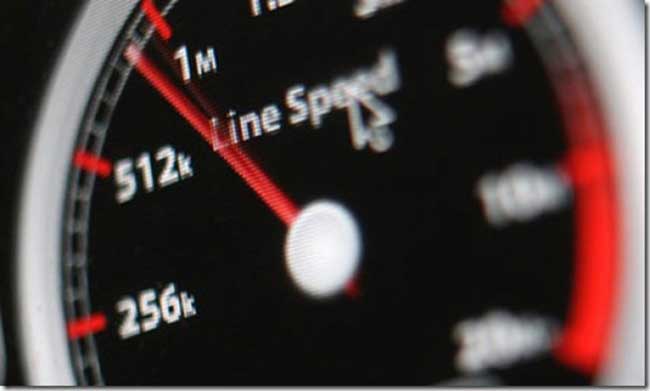There’s nothing worse than having to put up with slow internet, especially when you know it could be running a heck of a lot faster. Maximise the speeds you receive from your home Wi-Fi with these seven easy ways to boost your signal. Click here to read about iiNets wireless internet plans.

Check your equipment
When it comes to Wi-Fi, everything is part of a chain. If one part of the chain is weak, then the whole chain will operate below expectations. To ensure your Wi-Fi speeds reach their full potential, you need to check each part of the chain – starting with your device and your router.
Router: Wi-Fi equipment adheres to various standards, with each standard representing a headline speed and the equipment’s capability. The current standards are 802.11g, 802.11n and 802.11ac. Equipment with the ‘ac’ standard is the newest and fastest.
Device: If you are buying a new laptop or device, make sure it is compatible with your router, and remember, the speeds you achieve will be limited by the slowest piece of equipment in the chain.
Remove Obstructions
Wi-Fi signals can be easily blocked. Make sure your router is not blocked by any walls or furniture, and try to place the router in the middle of the house, in an elevated position if possible. It’s worth bearing in mind that household appliances can interfere with Wi-Fi signals too, such as microwaves and cordless phones. Keep these appliances as far from the router as possible.
Improve Range
The Wi-Fi speeds you achieve are not likely to be as fast as the headline speeds on your particular Wi-Fi standard. They can achieve half the headline amount sitting directly beside the router, so imagine how those speeds reduce further away from the router. To maximise outgoing signal, attach an antenna on your router, and to maximise incoming signals, attach an antenna to your device.
Make it secure
If your wireless internet is slow, it could be that your neighbours are accessing your network. If you have an older router, make sure security permissions are turned on. To protect your network, turn on Wi-Fi Protected Access (WPA), which encrypts your data before it is transmitted and decrypts it on receipt. Then choose a strong password.
Choose your band
Wireless internet uses two radio bands: 2.4GHz and 5GHz. While 802.11n equipment works on both bands, 802.11g equipment only operates on 2.4GHz, and 802.11ac only supports 5GHz. 2.4GHz has fewer channels (many of which overlap), while 5GHz offers more channels. Using 5GHz can allow you to benefit from faster Wi-Fi as there are usually fewer people using it.
Choose your channel
To maximise your Wi-Fi speed, choose a channel that has minimal interference. If your neighbours are using the same channel, the speeds you receive could be slower. Using 2.4GHz, there are only four channels that do not overlap (1, 5, 9 and 13) so many people choose one of these. If you want to find a quieter channel, try using inSSIDer from MetaGeek.
Check with your ISP
Lastly, conduct an internet speed test. First try a speed test with your device plugged directly into the modem/router, and then do a speed test while using Wi-Fi. If the speeds you are receiving directly from your router are not as expected, try contacting your ISP. You may want to consider switching providers to get a better speed.
